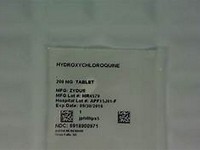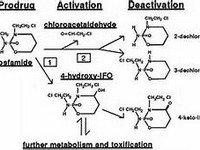imidapril hydrochloride

imidapril hydrochloride
CLINICAL USE
Angiotensin-converting enzyme inhibitor:HypertensionDOSE IN NORMAL RENAL FUNCTION
2.5–20 mg once dailyPHARMACOKINETICS
DOSE IN RENAL IMPAIRMENT
GFR (mL/MIN)
DOSE IN PATIENTS UNDERGOING RENAL REPLACEMENT THERAPIES
IMPORTANT DRUG INTERACTIONS
Potentially hazardous interactions with other drugsADMINISTRATION
Reconstition
–Route
OralRate of Administration
–Comments
–OTHER INFORMATION
Imidapril is a prodrug, rapidly converted to the active imidaprilatHyperkalaemia and other side effects are more common in patients with impaired renal functionClose monitoring of renal function during therapy is necessary in those with renal insufficiencyRenal failure has been reported in association with ACE inhibitors with renal artery stenosis, post renal transplant or congestive heat failureHigh incidence of anaphylactoid reactions have been reported in patients dialysed with high-flux polyacrylonitrile membranes and treated concomitantly with an ACE inhibitor – combination should therefore be avoided
See how to identify renal failure stages according to GFR calculation
See how to diagnose irreversible renal disease
Home








